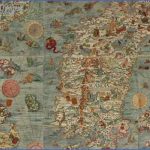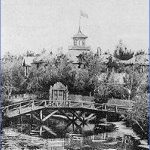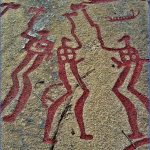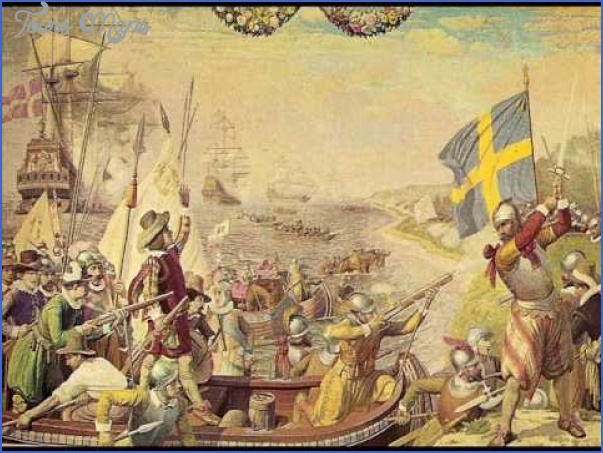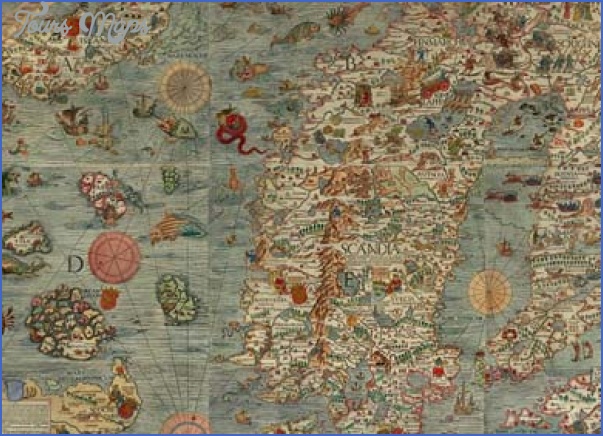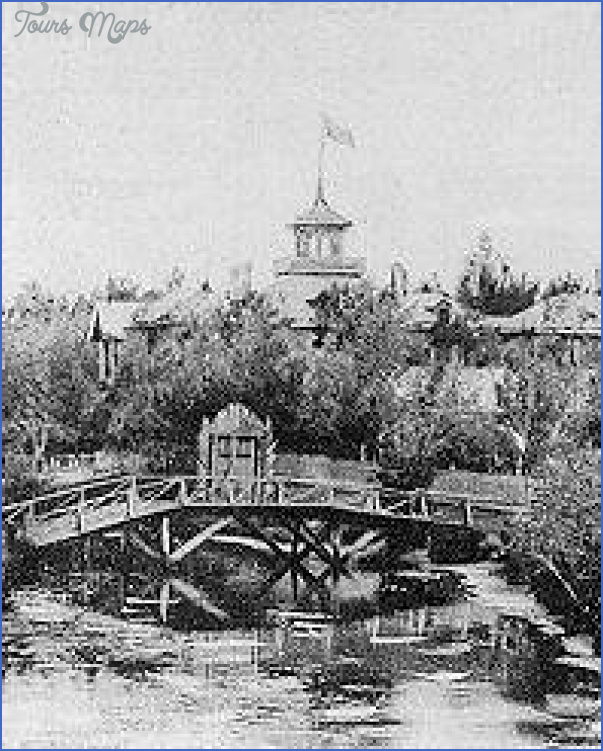Only in quite recent years have detailed studies been published on the settlement of northern Europe (Denmark, Norway, Sweden and Finland) in prehistoric and early historical times.
In the last interglacial period there were men living on the territory of present-day Denmark, as is shown by the finds of objects made from animal bones.
In the Stone Age there were human settlements in the western Baltic region (southern Sweden and Denmark). Hunters and fishermen advanced into Sweden as far as the Dalalv and up the Norwegian coast to the Trondheim area. The inhabitants of the coastal regions lived by fishing and gathering shellfish, leaving evidence of their presence in the shells and kitchen refuse found on their kitchen middens (kok-kenmeddinger) in northern Jutland, Zealand and southern Norway.
It is not until the middle ofthe 3rd millennium B.C. in the Neolithic period, that we find evidence of the first farming culture (the Trichterbecher or TRB culture, with the first pottery), but this was confined by climatic conditions to a very meagre level. During this period Eastern European tribes from Finland pushed into central Scandinavia but were later driven back.
The northern Bronze Age (c. 1800-500 B.C.) appears mainly in Denmark and southern Sweden, but material belonging to this period has also been found in southern and western Norway. The bronze was obtained by barter from regions farther south, though what it was exchanged for (perhaps amber) is not clear. From this period date the rock carvings found particularly at Tanum (in Bohuslan, north of Goteborg), on the east coast of Sweden, in the area north of Lake Malar, on the west side of the Oslofjord and in a band of territory extending eastwards from Trondheim into Sweden, as well as the chambered tomb at Kivik on the southeast coast of Sweden and various solar wheels or solar discs reflecting a cult of the sun.
The northern Iron Age (c. 500 B.C. to A.D. 500), of which scanty evidence has been found in Denmark and on the Swedish islands of Gotland and Oland, has yielded domestic equipment, ornaments and above all improved weaponry. The area of Germanic settlement in Norway now extended up to the Arctic Circle. Runic inscriptions are found on ornaments and implements from the 2nd c. A.D. onwards, and about the end of the 4th c. runes began to be carved on stone (rock faces, standing stones, gravestones).
The name SCANDINAVIA occurs for the first time in Pliny the Elder (c. A.D. 75), and is found also in the name of the Swedish province of Skcine or Scania. There are references in Tacitus to Swedes (Suiones) and Finns (Fenni). The Jutland peninsula was originally occupied by Saxons, Angles and Jutes, the Danish islands and southern Sweden by the Heruli; but during the period of the great migrations these peoples were compelled to withdraw in face of the Danes advancing from the east and north. During these troubled times numerous fortified settlements and ring forts were built. To the north of these various peoples there lived on the Scandinavian peninsula the Goths, separated by dense forests from the Swedes who were to be found still farther north. Forests and mountains, together with Lake Vanern and the Gotaalv to the southwest, bounded the territory of the Norwegians, for whom the older songs had no common name: the later term ”Norvegr” or Nord-menn’ is probably no more than a reference to the direction in which they lived. Internal conflicts and struggles for power seem to have lain at the origin of the expeditions of these Norsemen, named Vikings after the fjords and inlets (vikr) from which they sailed, who ravaged the whole of Europe and are believed to have been the first to reach North America.
History of Scandinavia Photo Gallery
Maybe You Like Them Too
- The Best Cities To Visit in The World
- World’s 10 Best Places To Visit
- Coolest Countries in the World to Visit
- Travel to Santorini, Greece
- Map of Barbados – Holiday in Barbados


